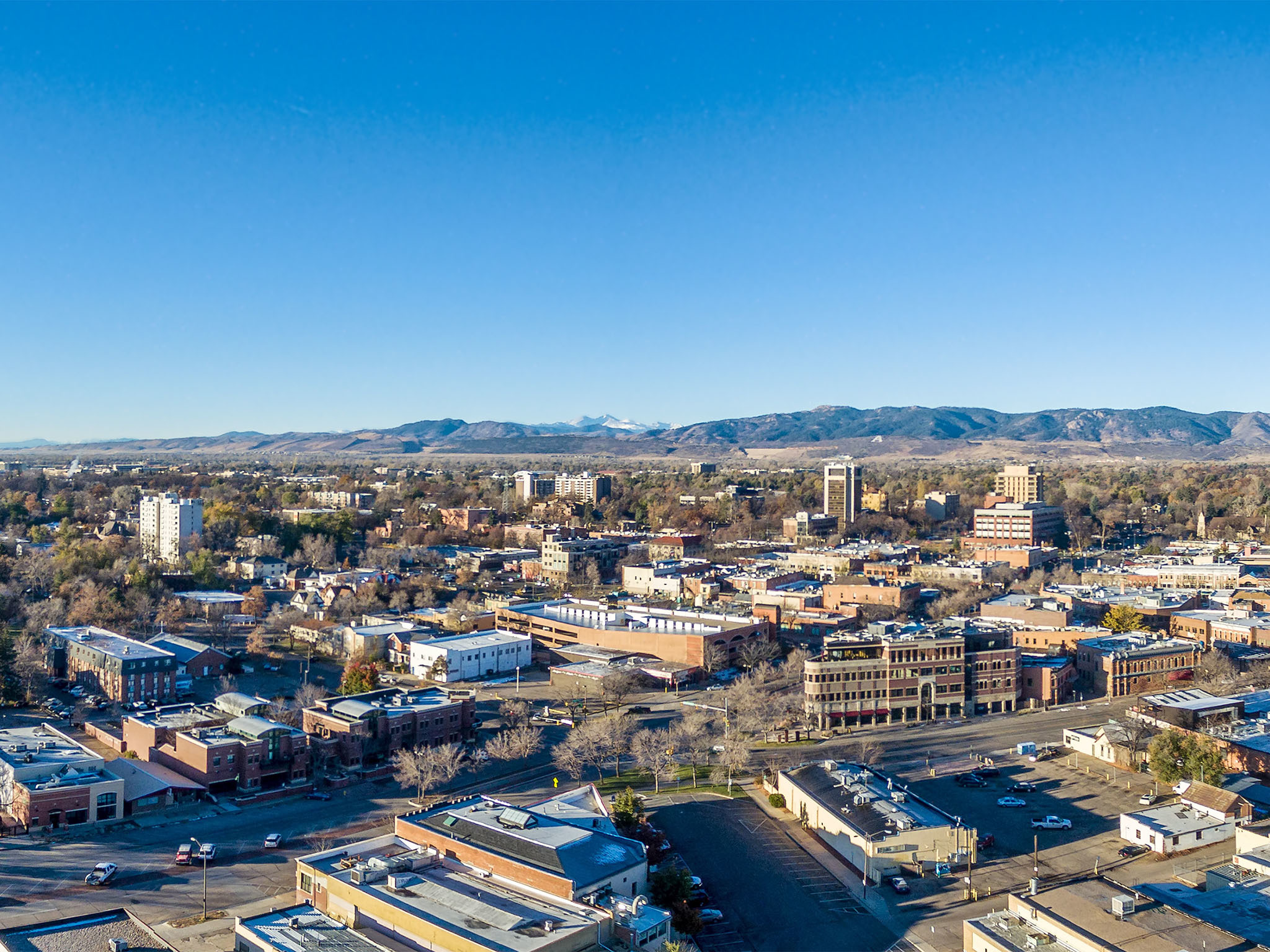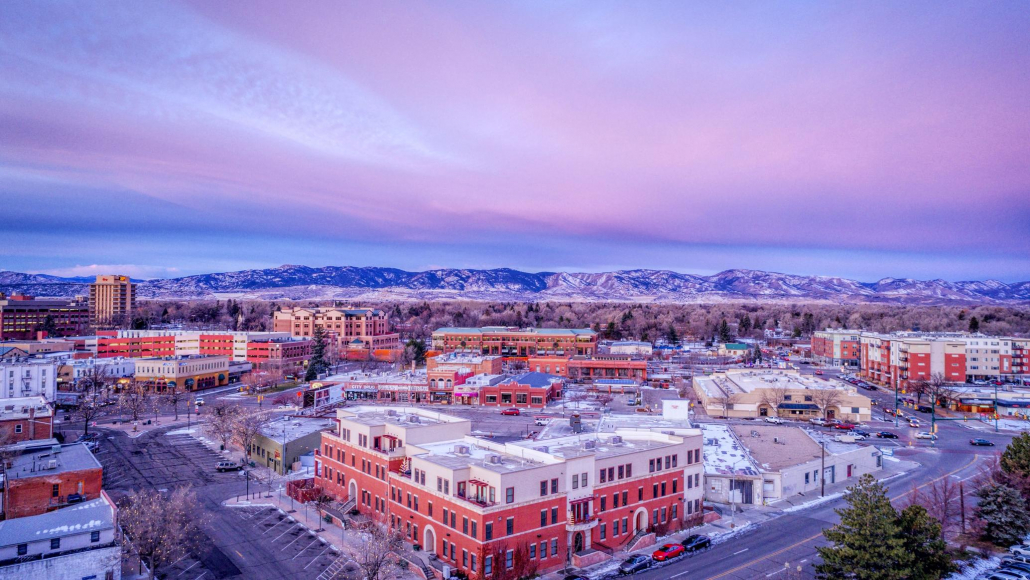
Fort Collins is a city in and the county seat of Larimer County in northern Colorado, United States. It is located 55 miles (89 kilometers) north of Denver all along Cache la Plaine River (the state’s “Trout Route”) inside the eastern foothills of front Range at an altitude of 5,004 metres (1,525 metres), in the eastern hills of front Range at an altitude of 5,004 feet (1,525 metres). The community grew up around a military installation named for its commanding officer, Lieutenant O. Craig of Fort Laramie, Wyoming, after the Civil War ended in 1864. The outpost was decided to abandon in 1872, but the resolution survived and grew as a result of the arrival of a railroad and the development of an extremely successful sugar cane industry based on the local irrigation & stimulated by the establishment of a land-grant university (now Colorado Public University) in the area in 1870.
Large lamb-feeding operations, agricultural & quarry-based industries, tourism, and light and high-tech industry all coexist in the modern metropolis. A pioneer hut and two other essential pieces are preserved in the museum’s yard. It also houses fort relics. This museum was opened in 1941 as the Pioneer Museum. It is only on the National Heritage list that a portion of the original city center, such as the Harrison House, may be found. The Avery House has been national historic Landmark by the United States Department of the Interior. The headquarters of the Roosevelt Forest Preserve and the Pawnee Federal Grassland are just few miles west and east of Fort Collins, respectively.

Fort Collins, Colorado, is a city and the county courthouse of Larimer County. In the eastern mountains of the Front Range at an elevation of 5,004 meters (1,525 meters), it is 55 kilometres (89 kilometers) southeast of Denver along the Cache la Plaine Body of water (the state’s “Redfish Route”) (1,525 metres). In 1864, a military installation in Wyoming was named for its company commander, Commanding officer O. Craig of Fort Monroe, after the Civil War came to an end. It was decided to abandon the outpost in 1872, but the settlement has survived and grown due to the arrival of a railway line and the development of the extremely successful sugar beet industry based on local irrigation and stimulated by the institution of a land-grant university in the area in 1870 (currently Colorado State University).
Large lamb-feeding operations, agricultural & quarry-based industries, tourism, and light and high-tech manufacturing all coexist in the modern city. The Pioneer Museum, which opened for business in 1941, preserves the first landowner’s cabin, and also two other essential parts, so it houses souvenirs from the fort. The Harrison House and a portion of the city’s original center have been added to the National Heritage list. On the National Historic Landmarks list, the Avery House is listed. The headquarters of the Roosevelt Forest Preserve and the Pawnee United nations Grassland are just a few miles south and east of Fort Collins, respectively.
If you do have any questions, please don’t hesitate to get in touch with us. Our customer service is available around the clock to help you.
